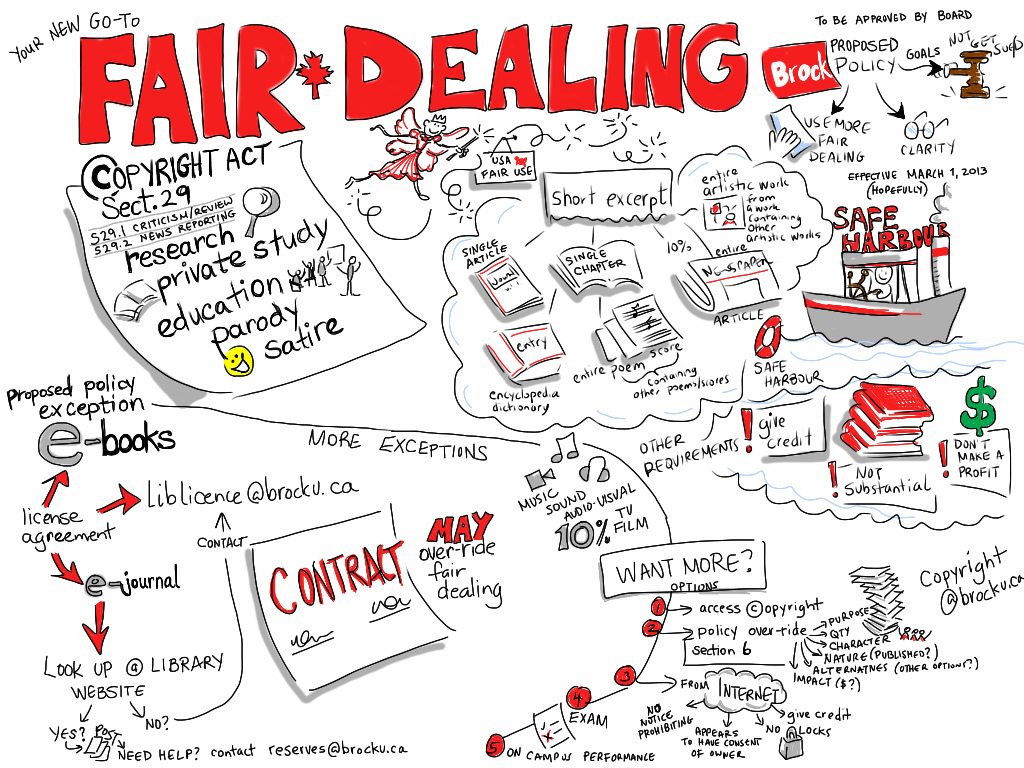The Liberals have released their election platform and included within the section on the economy is the outline of a digital economy strategy. The platform focuses on three key areas for the global economy, identifying the digital environment as one of the three. While the digital economy platform still requires […]

Fair Dealing by Giulia Forsythe (CC BY-NC-SA 2.0) https://flic.kr/p/dRkXwP
Copyright
Copyright and Canada’s Trade Agreements: Point of Disagreement Between the Parties?
The Globe and Mail is reporting that the Conservatives will announce their commitment to completing new trade agreements with the European Union and India at an event this morning in Halifax. The focus on the EU deal – CETA – is noteworthy because there may be a divide between the […]
Another Copyright Bill Hits the Scrap Heap: Taking Stock of Canadian Digital Law and Policy Reform
Notwithstanding these developments, the focus will undoubtedly shine on the bills and policies that were started but not completed. These include:
- the digital economy strategy
- a policy on foreign investment in telecommunications
- a policy on foreign ownership in book publishing and distribution
- a policy on the forthcoming wireless spectrum auction
- Bill C-29, a bill to reform PIPEDA
- Bill C-32, the copyright reform bill
- Bills C-50, 51, 52, the lawful access bills
- Bill C-393, the private members bill to facilitate access to generic medicines in Africa
The future for each of these initiatives varies.
Supreme Court Grants Leave To Copyright, Broadcasting Cases
The Supreme Court of Canada yesterday granted leave to appeal in two notable cases – an appeal of the Federal Court of Appeal’s decision that ISPs are not broadcasters under the Broadcasting Act (I wrote about that decision here) and the never ending saga of Tariff 22, which involves tariffs […]
Five Straight Years: Canadian Digital Music Sales Growth Against Beats the U.S.
| Year | Canada | United States |
| 2010 | 20% | 1% |
| 2009 | 38% | 8% |
| 2008 | 58% | 27% |
| 2007 | 73% | 45% |
| 2006 | 122% | 65% |






